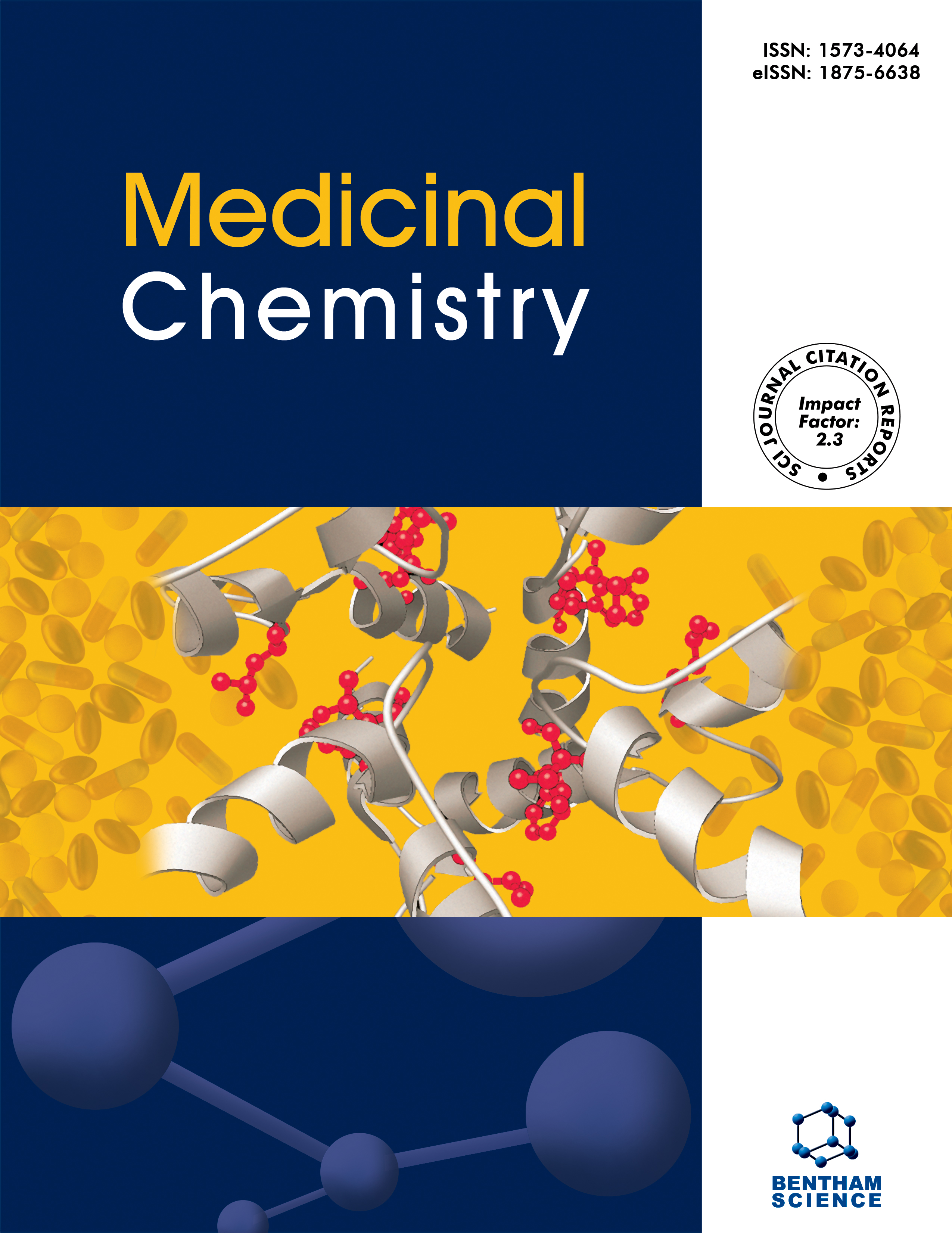-
oa Editorial [Hot topic:Radiochemistry for Positron Emission Tomography (Guest Editor: Weibo Cai)]
- Source: Medicinal Chemistry, Volume 7, Issue 5, Sep 2011, p. 333 - 333
-
- 01 Sep 2011
- Previous Article
- Table of Contents
- Next Article
Abstract
Molecular medicine is the future of 21st century patient management. Molecular imaging can play pivotal roles in disease diagnosis, treatment efficacy assessment, drug discovery, and the understanding of fundamental biology. Positron emission tomography (PET) has been used in the clinic for decades and 18F-FDG has become indispensible in many facets of patient management, such as cancer staging and treatment monitoring. A wide variety of PET tracers are now in clinical investigation and it is expected that several more PET tracers may gain the Food and Drug Administration (FDA) approval for various medical indications in the United States. Driven by the ever-increasing availability of preclinical/clinical PET scanners and radioisotopes, research on PET nuclides has flourished over the last decade. There are hundreds of isotopes that emit positron, which can potentially be developed into PET tracers. However, such potential to a large extent strongly depends on the availability of the radioisotopes. In addition, the development of new imaging probes for PET is far from trivial and radiochemistry is a major limiting factor of the field. Therefore, this special issue of Medicinal Chemistry is solely focused on the radiochemistry for PET. Because of the excellent decay characteristics and a half-life of 110 minutes, 18F is the most widely used PET isotope in the clinic. In the first article of this issue, Dr. Zeng and co-workers gave a comprehensive overview on 18F radiochemistry, where various strategies and recent developments in 18F-labeling were summarized in great detail. Issues related to the production of 18F-based PET tracers for widespread use are also discussed. Next, Dr. Velikyan provided a thorough review on 68Ga (t1/2: 68.3 min), focusing on the achievements in chemistry as well as the diversity and potential of the resulting tracers. Recently, utilization of 68Ga has gained tremendous momentum and the development of new 68Ga-based imaging agents for targeted, pretargeted, non-targeted imaging and their clinical applications is increasing worldwide. Dr. Brechbiel and co-workers discussed in depth about the utility of 86Y (t1/2: 14.7 h), which can be imaged with PET and used as an isotopically matched surrogate radionuclide for evaluating the dosimetry of the corresponding therapeutic agent that is labeled with 90Y. This review discusses various aspects involved in the development of 86Y-based PET tracers with a specific emphasis on the radiochemistry and biological applications with antibodies and peptides. In the next review, Dr. Nickles and co-workers summarized the recent advances on 89Zr (t1/2: 3.3 d), an ideal radionuclide for use in PET imaging with monoclonal antibodies. The cyclotron physics of 89Zr production, chemical separation methods for isolating 89Zr from the yttrium target, as well as detailed procedures for the syntheses of 89Zr-labeled antibodies, were all included. The article by Dr. Divgi and co-workers is an excellent summary on 124I, which has a physical half-life of 4.2 d. The progress to date on the potential of 124I as a PET isotope, the production of 124I, as well as the radiochemistry to synthesize 124Ilabeled compounds (e.g. small molecules, peptides, proteins, and nanoparticles) were all discussed in exquisite detail. In addition, promising future directions in 124I-based PET radiochemistry and molecular imaging were also pointed out. Lastly, Dr. Wadas and co-workers provided a detail-oriented and thorough overview on the current status of radiopharmaceuticals based on copper radionuclides, which include 60Cu (t1/2: 0.4 h), 61Cu (t1/2: 3.3 h), 62Cu (t1/2: 9.7 min), 64Cu (t1/2: 12.7 h), and 67Cu (t1/2: 62.0 h)......


